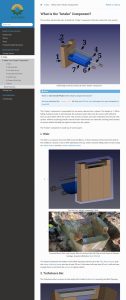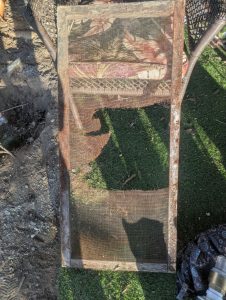We’re happy to announce the release of the Eco-Libre Life-Line version 2025.10.
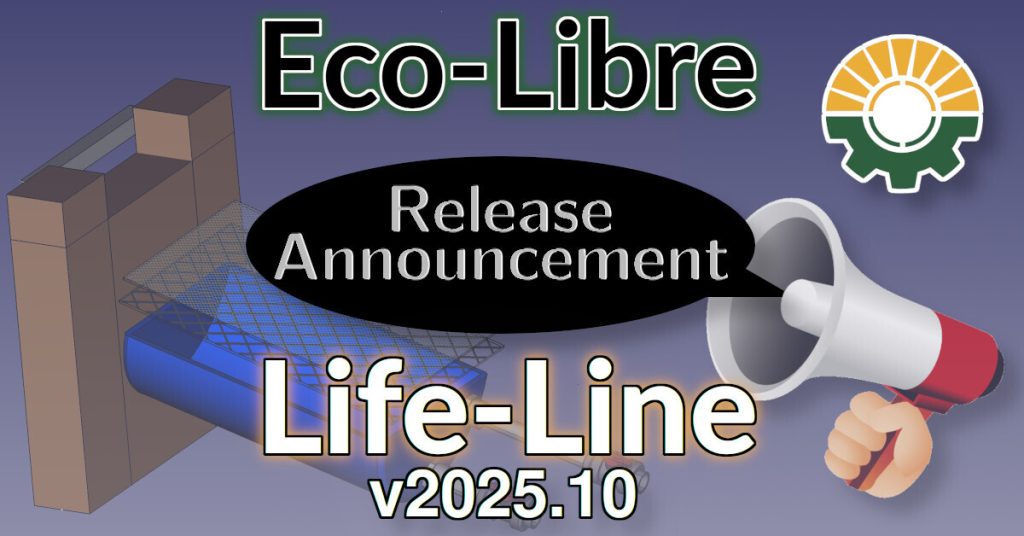
This release concludes the manual merge of the contributions from volunteer Jack Nugent. It includes CAD designs for the self-cleaning, raw surface water intake and sphinx documentation.
🛈 Note: Just want to build it?
This article describes a historical "release" of this project (a snapshot in time of our CAD designs and documentation).
If you just want to know how to build it, see the project's documentation
• eco-libre.org/p/life-line
Introduction
Part of the difficulty in completing this merge was the fact that the Eco-Libre Life-Line’s intake system includes expanded metal as a support structure and a fine mesh for preventing debris from entering the raw water intake drum.
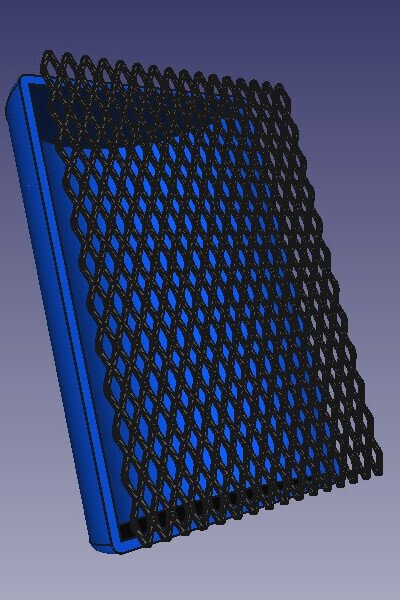
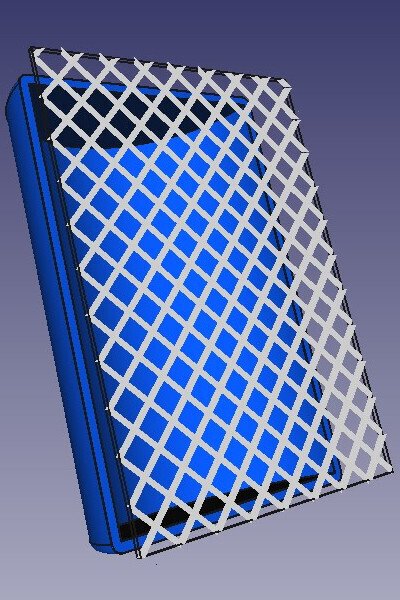
Modeling these materials in FreeCAD caused the MemSize to bloat, crashing FreeCAD. In the past month, Eco-Libre founder Michael Altfield published two articles that described the process to isolate these troublesome objects and how to optimize them with a Draft Hatch. These optimizations (as well as simplifying objects like threaded bolts pipes, valves, and steel angle) reduced the total MemSize from 114.8 MB to 1.02 MB.
This article is part of a 3-part series:
- Part 1/3: Troubleshooting Large FreeCAD File Sizes
- Part 2/3: Optimizing Expanded Metal Mesh in FreeCAD
- Part 3/3: Life-Line v2025.10 Released
Who is Eco-Libre?
Eco-Libre is a volunteer-run project that designs libre technology for sustainable communities.
Eco-Libre’s mission is to research, develop, document, teach, build, and distribute open-source technology that sustainably enfranchises communities’ human rights.
– Eco-Libre’s mission statement
We aim to provide clear documentation to build low-cost machines, tools, and infrastructure for people all over the world who wish to live in sustainable communities with others.
Changes
This biggest changes in the release of the Eco-Libre Life-Line v2025.10 are:
- Merging the changes of volunteer Jack Nugent
- Significant optimizations (simplifications) of the
intake.FCStdFreeCAD file - Improvements to the documentation
Additionally, this release:
- Added examples of Life-Line builds from Boris Plotkin and Vegan Beasts
- Added “Fine Mesh Screen” above the Expanded Metal (using Hatch)
- Added Cleanout Drain Pipe and Outflow Pipe
- Created Spreadsheet for the Intake component’s Bill of Materials
- Added logo and favico to sphinx (documentation) config
Prototypes: Lessons Learned
Currently we have two prototypes of the Eco-Libre Life-Line system
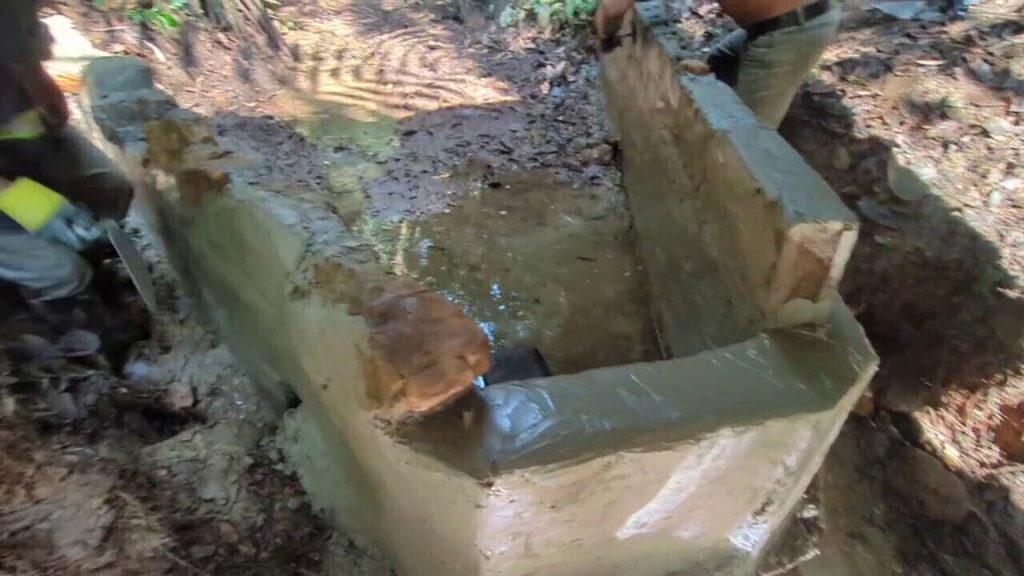
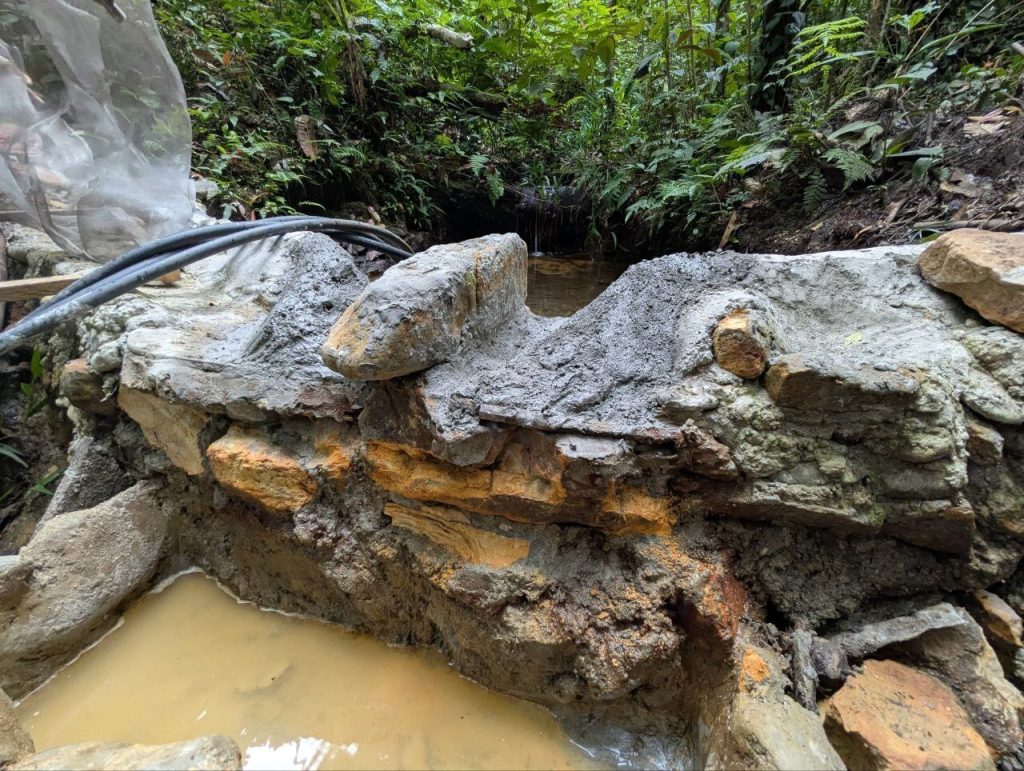
One of these systems (built by Boris Plotkin) has issues with an enormous amount of water lost due to the 20 cm gap between the weir opening and the bucket below it. This is especially an issue in the dry season, where 100% of the slow trickle of water doesn’t reach the screen.
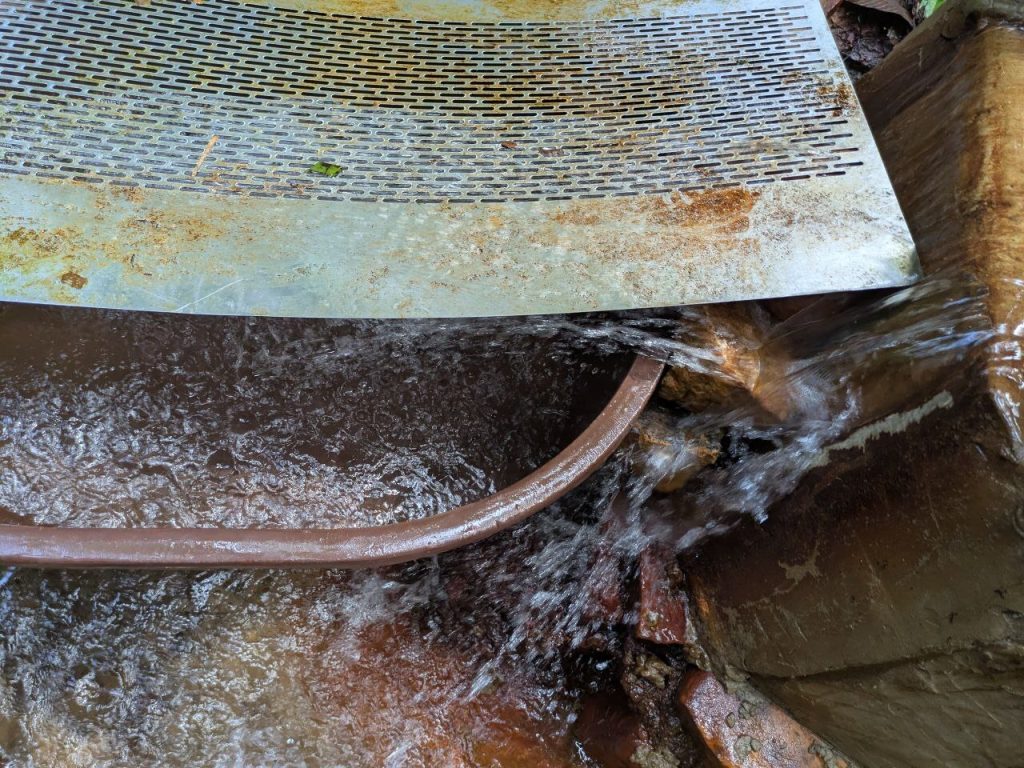
The other of these systems (built by Vegan Beasts) solved this issue by adding a “lip” to the weir by laying a mesh of chicken wire across the top of the weir opening, sculpting it into a “funnel” shape, and cementing over it. This “lip” ensures that 100% of the water that falls from the weir falls directly onto the screen of the weir intake below it.
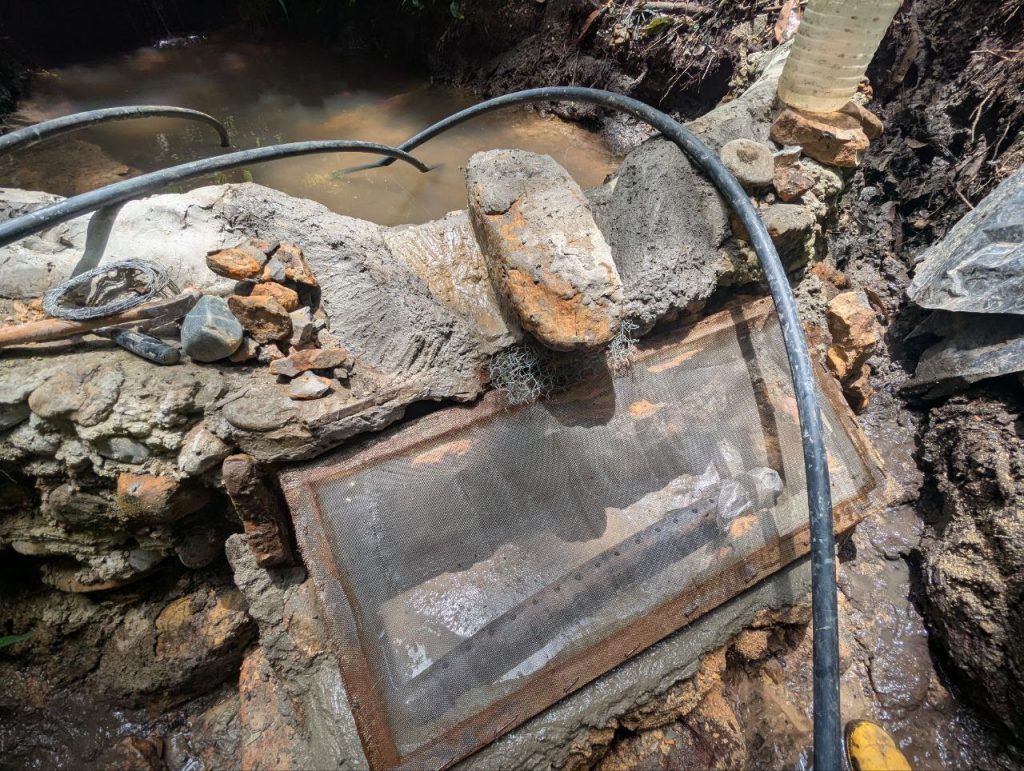
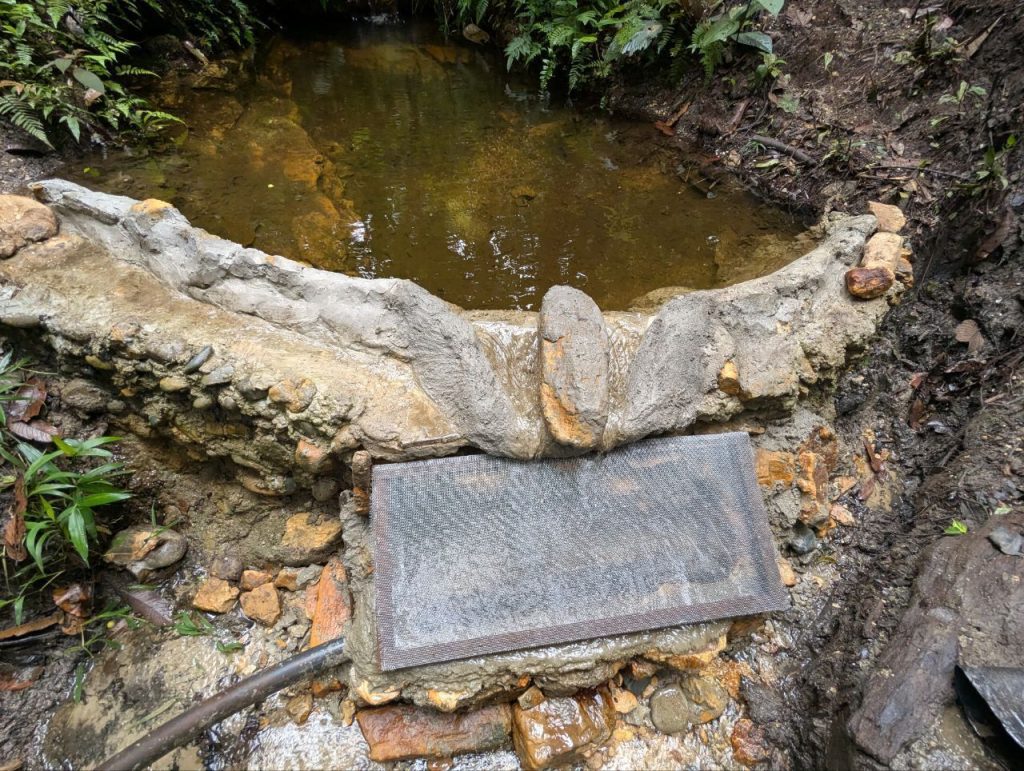
Unfortunately, this second prototype’s fine metal mesh screen broke within 4 months. This is likely caused by two issues:
- The Fine Metal Mesh Screen was made of galvanized steel (as opposed to stainless steel)
- There is no Expanded Metal Mesh (support structure) located below the Fine Metal Mesh
Despite the absence of the screen, just the Life-Line’s weir design alone has reduced manual maintenance of the existing water collection system. Previously, manual intervention was required to unclog debris once every week (during rainy season). The new Life-Line system hasn’t clogged once in the time since it was installed 6-months ago.
Documentation
You can view the build instructions for the Eco-Libre Life-Line v2025.10 on the project’s documentation:
Looking Forward
While this major milestone deserves celebration, the Eco-Libre Life-Line project is still in early research stages.
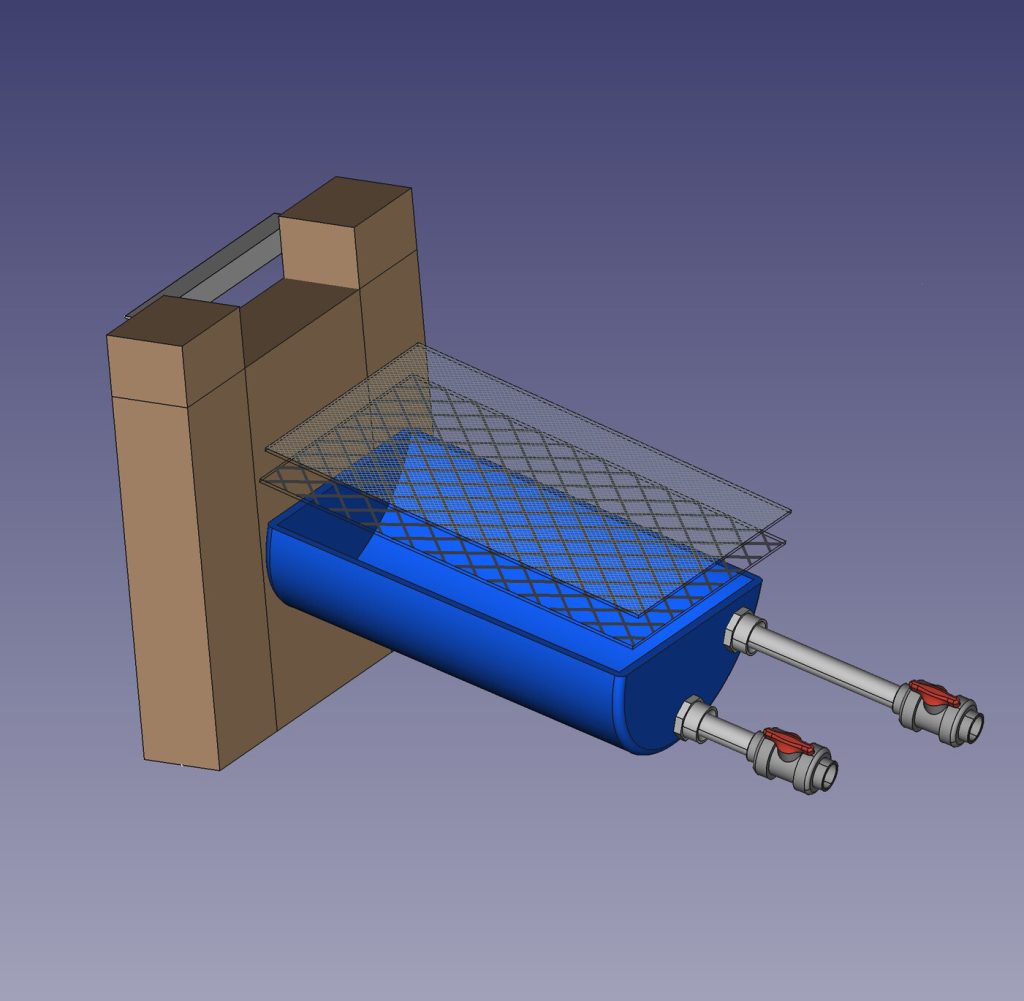
The following items still need work:
- Modifications to the “Intake” component, to ensure higher water collection in low-stream-flow conditions (weir V-shape opening and 20 cm “lip”)
- Modifications to the “Intake” component’s weir, such that there is some way to drain the weir for maintenance to the masonry work
- Adding “mirror” array to “Intake” component, so everything is doubled (for redundancy)
- CAD design and documentation of the Life-Line “Settling Tank” component
- CAD design and documentation of the Life-Line “Large Sediment Filter” component
- CAD design and documentation of the Life-Line “Pre-Filter” component
- CAD design and documentation of the Life-Line “Slow Sand Filter” component
- CAD design and documentation of the Life-Line “Media Sediment Filter” component
- CAD design and documentation of the Life-Line “Clean Water Tank” component
- CAD design and documentation of the Life-Line “Lifeline” component
- Prototyping and testing of all components
Join Us
If you’d like to help Eco-Libre reach our mission to enfranchise sustainable communities’ human rights with libre hardware, please contact us to get involved 🙂
Please enter your email address below for updates from the Eco-Libre Team.

